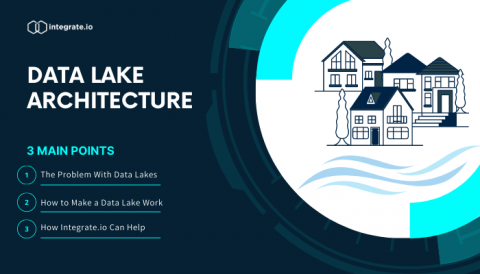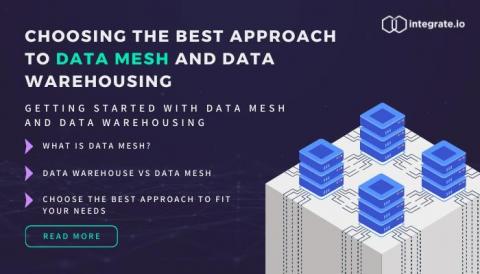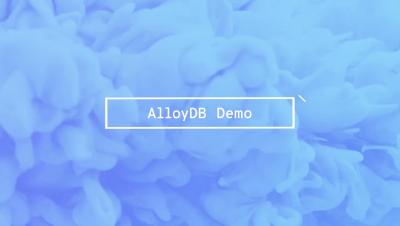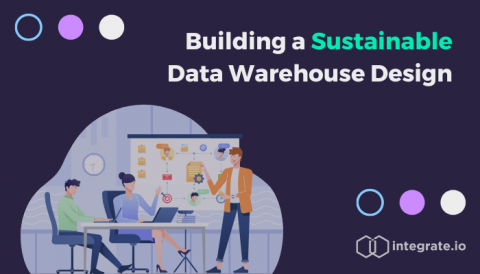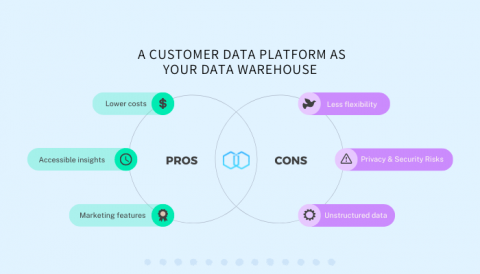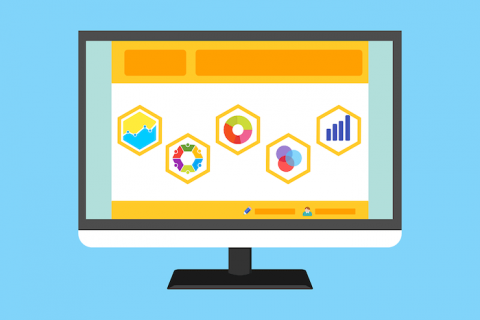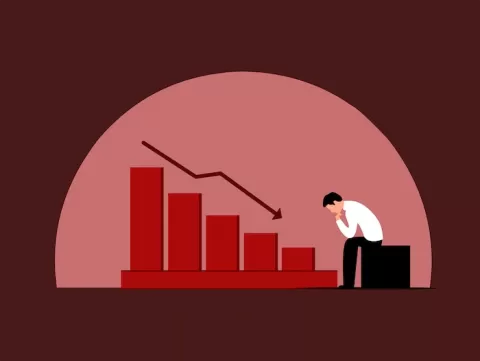Data Lakes: The Achilles Heel of the Big Data Movement
Big Data started as a replacement for data warehouses. The Big Data vendors are loath to mention this fact today. But if you were around in the early days of Big Data, one of the central topics discussed was — if you have Big Data do you need a data warehouse? From a marketing standpoint, Big Data was sold as a replacement for a data warehouse. With Big Data, you were free from all that messy stuff that data warehouse architects were doing.


